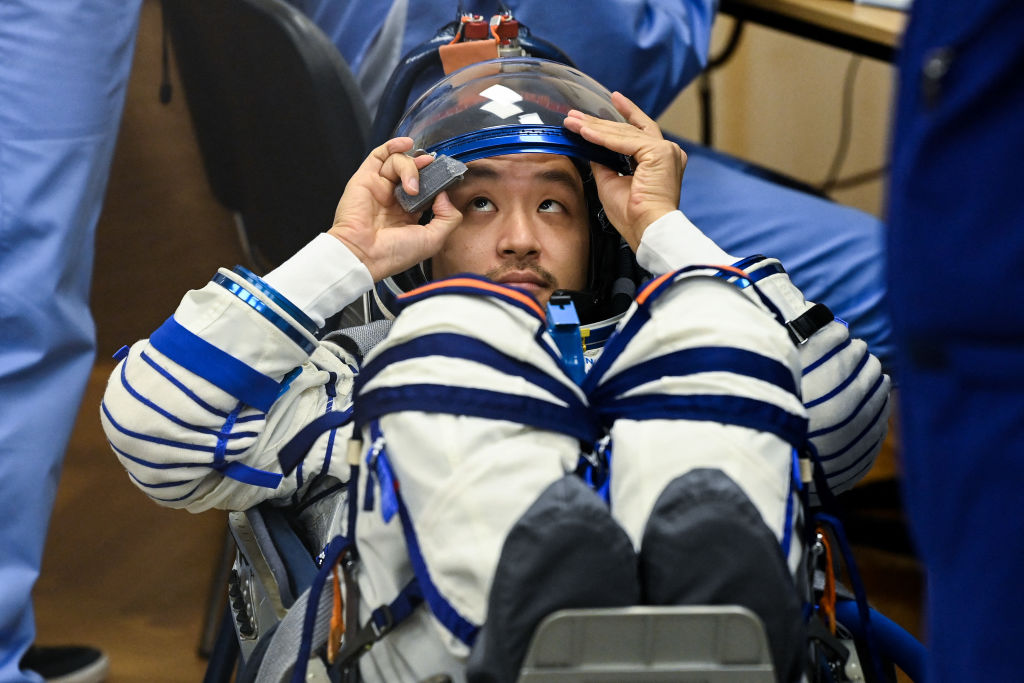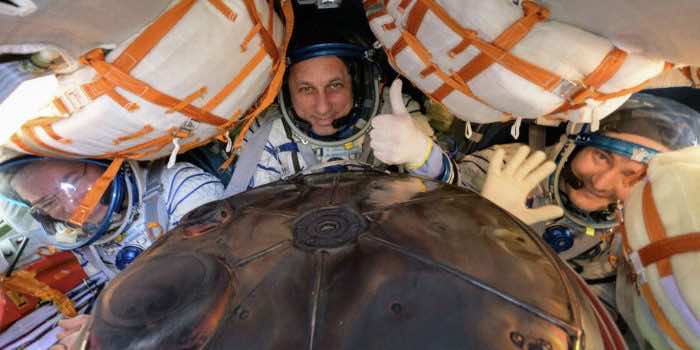The spacesuits that enable astronauts to go outside of the International Space Station have been declared “no-go” for future spacewalks.
The suits’ helmets keep filling with excess water which is a potentially fatal situation astronauts have been dealing with, CBS reports.
These huge suits are called “extra-vehicular mobility units,” (EMUs) and are fit to be used in emergencies

“Until we understand better what the causal factors might have been during the last EVA with our EMU, we are no-go for nominal [extra-vehicular activity],” Dana Weigel, deputy manager of the space station program at the Johnson Space Center, told reporters on Tuesday, as quoted by CBS. “So, we won’t do a planned EVA until we’ve had a chance to really address and rule out major system failure modes.”
A 2013 spacewalk had to be cut short after European Space Agency astronaut Luca Parmitano’s helmet started filling with excess water. There had been several incidents like this.
Parmitano was at a real risk of drowning, with “water covering his eyes, nose, and ears,” according to a NASA report filed at the time.
After this, NASA started using sponges called “helmet absorption pads” in the back of the helmet to keep excess water to a minimum.
NASA astronaut Kayla Barron recently found water inside German astronaut Matthias Maurer’s helmet after he had performed a spacewalk in March.

“Roughly, maybe an eight- to 10-inch diameter circle, a thin film of water on the helmet,” Barron reported at the time, as quoted by CBS. “And there is water in his vent port at the back of his neck ring.”
Officials will now inspect Maurer’s suit, which will make its way back to Earth aboard a SpaceX Dragon cargo ship in July.
Fortunately, officials “haven’t found anything unusual” so far, according to Weigel. “We’re looking for any obvious signs of contamination or fouling or something else that might have gotten into our system.”
“We’re not seeing that yet,” she added.


